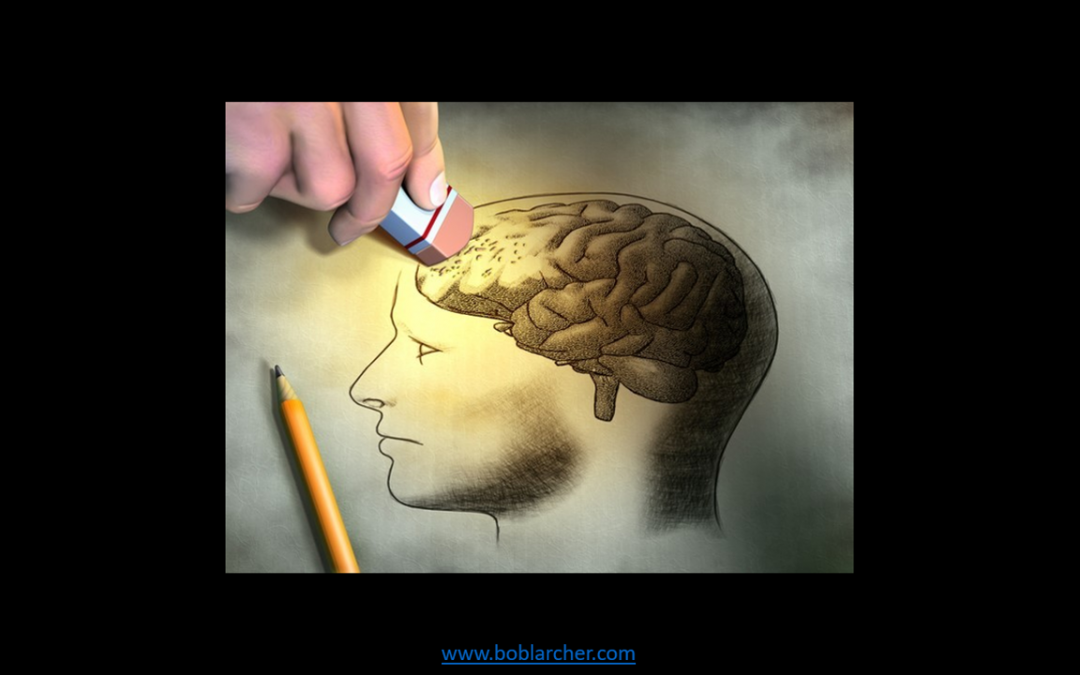I often kick-off my leadership seminars by asking the participants to get into small groups and share their unlearning objectives; “what do you need to unlearn during our time together”. This usually causes a few raised eyebrows and some surprised looks!
Before your start piling more new learning onto your existing learning you need to decide what you need to get rid of!
It’s a bit like renovating a house; there’s stuff you need to tear down before you can start rebuilding – you sometimes even need to get rid of the foundations and start all over again!
JFK once said that, “leadership and learning go hand in hand” and, yes, leaders should always be learning; however, it is also important to engage in the unlearning process as a leader.
Unlearning is a real challenge; much of what we have learned we have done so unconsciously and we are usually unaware of the mental models and behavioural patterns that we have created for ourselves. They are our lifeblood; our default mode of functioning and we are often not even aware that they exist.
Sometimes, we may be aware that our existing models’ and patterns are becoming outdated, but, as we have built our reputation and our success on them, letting go can seem like starting afresh and losing our sense of who we are.
Unlearning a “technical skill” is already difficult. I remember when I learned how to Eskimo roll a kayak in a swimming pool and then tried it out in white-water; the technique worked, but you roll-up onto white-water, not onto a flat swimming pool – I had to unlearn that the roll wasn’t finished simply because I was no longer under water!!
Unlearning beliefs, attitudes and behaviours is very difficult!
The unlearning “process” has three steps.
Firstly, you have to accept that your existing beliefs, attitudes and behaviours are no longer appropriate or effective in your current situation.
- Often, our way of thinking or behaving is so natural and comfortable that it doesn’t even occur to us to change it
- You have to make room for the new; old attitudes are dismantled by new thoughts and ideas. You will have to identify what you want to unlearn. What habits do you wish you didn’t have? What behaviours you would really like to change?
- Not everything we do and think needs to be unlearned; it’s not about “throwing the baby out with the bathwater”; we need to identify not only what to unlearn but maybe also those things that need to be reinforced.
Secondly, you need to create new beliefs, attitudes and behaviours that can help you more effectively achieve your objectives.
- You will need to get new and different perspectives; different outcomes require different outlooks. Unlearning will require you to get feedback from others and take into account what they are telling you. You will need to try out new behaviours and new ways of saying things.
- Unlearning will only happen if you are fully committed; you will have to answer the Simon Sinek why question, “why do I want to unlearn this?” or “why is this behaviour holding me back?” When you get to the “why,” you’ll have a purpose to keep you going when the unlearning becomes difficult.
- Defining and writing down your unlearning objectives can be helpful: I want to unlearn (or stop) “—————-“, so that I can (start) “—————”
Thirdly, you will need to consolidate and anchor the new thinking and actions in order to avoid falling back into the old way of thinking and the old way of doing
- One of the most difficult parts of unlearning (or even learning) is being daunted by the enormity of the task; things you have done for years do not go away easily.
- Unlearning things is hard work, so don’t get discouraged if it doesn’t happen overnight; start slow but keep moving forward. Find yourself some “safe” situations to test new behaviours and ask for feedback on what people felt and the impact it had on them.
- Once you feel you are going in the right direction, try to identify what triggers your old way of thinking or behaving; are there situations where you fall back into your previous default mode?
- Once you have identified your triggers, you can prepare “alternatives” to the old habits or patterns; this might feel “consciously uncomfortable” to start with, but little by little you will become “unconsciously comfortable” with the new alternatives.
Unlearning is never easy, but that doesn’t mean the effort isn’t worth it; ridding ourselves of our habits, mindsets, behaviours and, maybe, even people around us, needs to happen regularly simply because as we grow, we outgrow them. It’s a bit like cleaning your computer’s hard-disk and getting rid of all those outdated software’s that are slowing it down; it needs discipline to do it regularly but the computer is invariably more effective afterwards!
If you do not want to miss my posts, subscribe to my weekly newsletter to get my most recent posts sent straight to your email every Wednesday

I help people to develop their interpersonal skills, usually within a leadership or teamwork context. If you are looking to develop your leadership, I might be able to help. I’ve been doing this for almost 40 years; roughly four thousand days of seminars, workshops, conferences, coaching, offsites, webinars, etc. – put back-to-back that makes almost ten “full” years.



